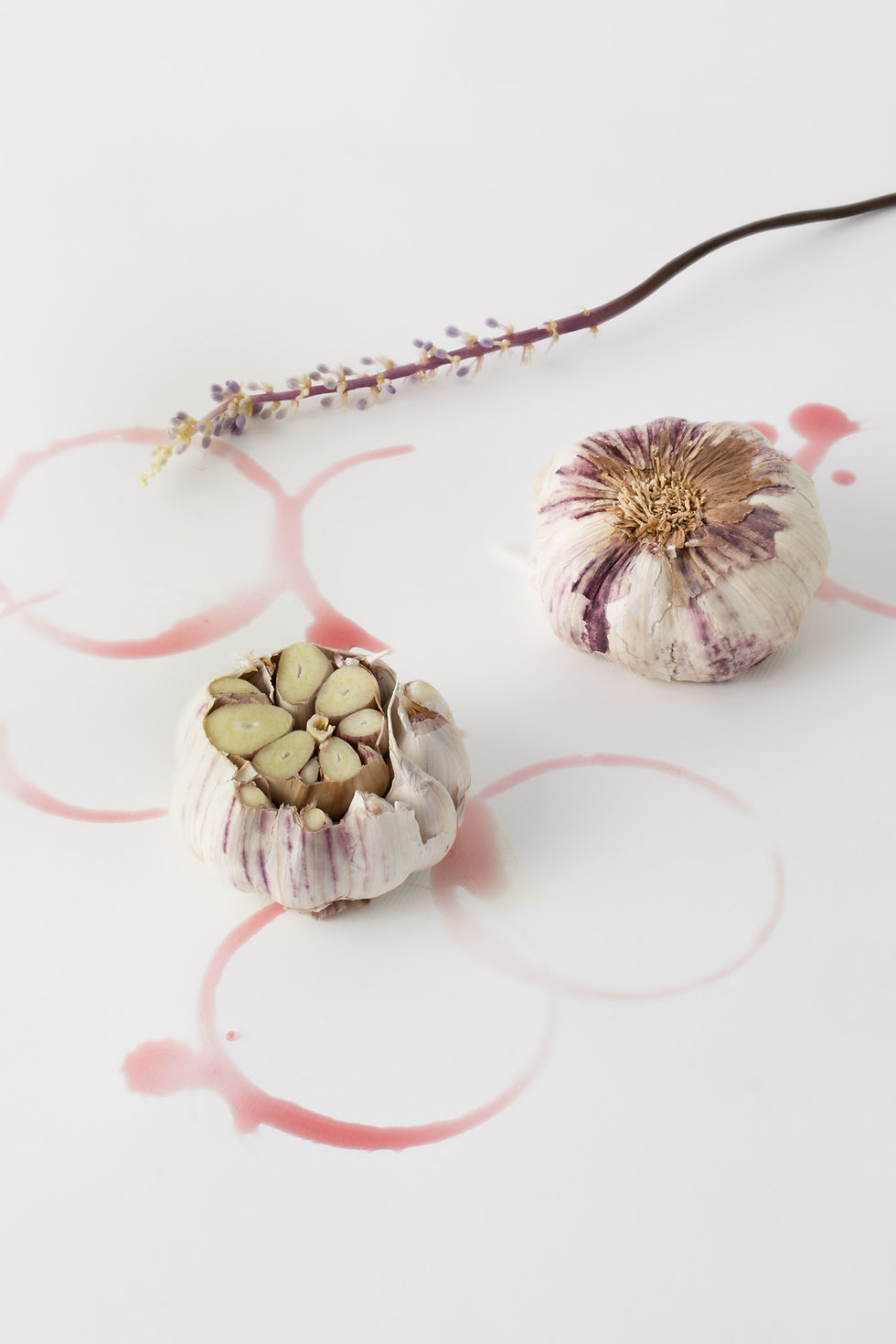What is mindfulness and how to practice it everyday life?
- Yoga Now with Lisa

- Jan 4, 2023
- 2 min read
Mindfulness is the practice of bringing one's attention to the present moment and paying attention to one's thoughts and feelings in a non-judgmental way. It can help people to better manage their emotions, reduce stress, and improve overall well-being. Here are a few ways you can incorporate mindfulness into your everyday life:
Take a few minutes each day to sit quietly and focus on your breath.
Pay attention to your senses and the present moment, such as the sights, sounds, and smells around you.
Practice gratitude by taking time each day to think about the things you are grateful for.
Try to stay present in your activities, rather than letting your mind wander.
Take breaks throughout the day to stretch and take a few deep breaths.
Try to be more aware of your thoughts and emotions, without judging them as good or bad.

Mindfulness can be beneficial for people of all ages and backgrounds. It can help to reduce stress and improve overall well-being, and it has been shown to be helpful for people experiencing a variety of mental health issues, including anxiety and depression. However, mindfulness is not a one-size-fits-all solution, and it may not be suitable for everyone.
Some people may find it difficult to sit still and focus on their breath, while others may find it difficult to be present in the moment and not get caught up in their thoughts. If you are interested in practicing mindfulness but are not sure if it is right for you, you can try to join my Mindfulness Yin Yoga workshop, where you can learn how to use our body to get into the status of mindfulness and the other way around.
Here is one of the example how you can practice mindfulness in your daily life.
Imagine that you are in a meeting at work and you start to feel anxious about a project that you are working on. You might notice that your heart rate increases, your palms start to sweat, and your mind starts racing with negative thoughts.
One way to approach this situation mindfully is to take a few deep breaths, focusing on the sensation of the air moving in and out of your body. This can help to calm your body's physical response to anxiety. You might also try to acknowledge your thoughts and emotions without judging them as good or bad. For example, you might say to yourself, "I am noticing that I am feeling anxious right now. That is okay. I can handle this." This can help you to feel more in control of your anxiety.
Finally, you might try to shift your focus away from your anxious thoughts and back to the present moment. You can do this by paying attention to your senses and the present moment, such as the sights, sounds, and smells in the room. This can help to ground you in the present and reduce the power of your anxious thoughts.
This is just one example of how mindfulness can be helpful for managing anxiety. It is important to find a mindfulness practice that works for you and to be patient with yourself as you learn to manage your anxiety in a more mindful way.



Comments